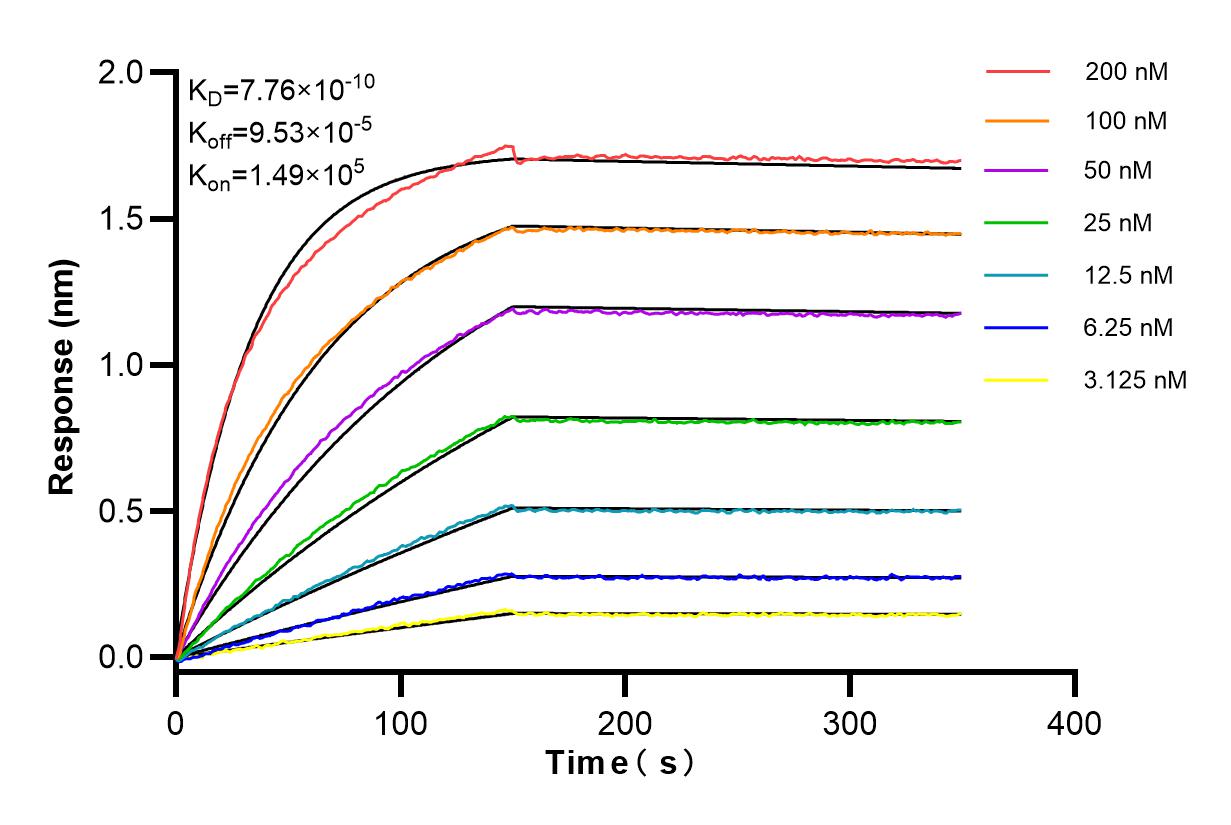验证数据展示
经过测试的应用
| Positive WB detected in | BxPC-3 cells, Jurkat cells |
推荐稀释比
| 应用 | 推荐稀释比 |
|---|---|
| Western Blot (WB) | WB : 1:1000-1:4000 |
| It is recommended that this reagent should be titrated in each testing system to obtain optimal results. | |
| Sample-dependent, Check data in validation data gallery. | |
产品信息
84258-7-RR targets CD69 in WB, ELISA applications and shows reactivity with human samples.
| 经测试应用 | WB, ELISA Application Description |
| 经测试反应性 | human |
| 免疫原 | FusionProtein 种属同源性预测 |
| 宿主/亚型 | Rabbit / IgG |
| 抗体类别 | Recombinant |
| 产品类型 | Antibody |
| 全称 | CD69 molecule |
| 别名 | CD69 molecule, BL-AC/P26, BL AC/P26, AIM, Activation inducer molecule |
| 计算分子量 | 23 kDa |
| 观测分子量 | 35 kDa |
| GenBank蛋白编号 | NM_001781.2 |
| 基因名称 | CD69 |
| Gene ID (NCBI) | 969 |
| RRID | AB_3671805 |
| 偶联类型 | Unconjugated |
| 形式 | Liquid |
| 纯化方式 | Protein A purfication |
| UNIPROT ID | Q07108 |
| 储存缓冲液 | PBS with 0.02% sodium azide and 50% glycerol , pH 7.3 |
| 储存条件 | Store at -20°C. Stable for one year after shipment. Aliquoting is unnecessary for -20oC storage. |
背景介绍
CD69, also known as AIM, EA-1, Leu-23, and MLR3, is a type II transmembrane glycoprotein that belongs to the C-type lectin superfamily (PMID: 8340758; 7804122). CD69 is constitutively expressed by mature thymocytes, platelets, several subsets of tissue resident immune cells (including resident memory T cells and gamma delta T cells), and is inducibly expressed by activated T cells, B cells, natural killer (NK) cells, monocytes, neutrophils (PMID: 8100776; 28475283). CD69 has been identified as an early activation marker of lymphocytes and is commonly used as a marker of activated lymphocytes and NK cells (PMID: 28475283; 25759842). It is involved in the regulation of immune responses (PMID: 15745855).
实验方案
| Product Specific Protocols | |
|---|---|
| WB protocol for CD69 antibody 84258-7-RR | Download protocol |
| Standard Protocols | |
|---|---|
| Click here to view our Standard Protocols |

